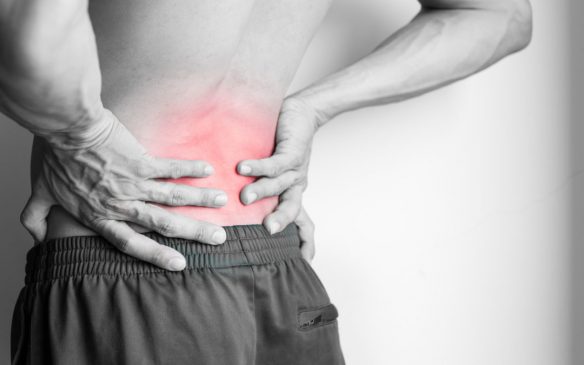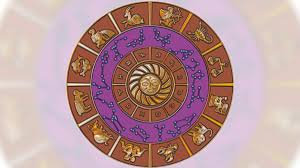If you find yourself struggling with lower back pain at night, here are 5 effective strategies to help resolve this issue and get a more restful night sleep.
Lower back pain can be particularly distressing, especially at night, disrupting your sleep. This pain often begins in the back and radiates down to the thighs, causing significant discomfort. It may result from muscle injuries or strains, but in some cases, left-side lower back pain can be linked to other heath issues, such as kidney stones or ankylosing spondylitis.
Experiencing lower back pain on the left side at night can lead to sleepless nights, impacting both mental and physical well-being. The severity of the pain can vary from mild to severe. If you find yourself struggling with this issue, here are 5 effective strategies to help alleviate pain and get a more restful night’s sleep.
Read More: Things you need to know about August 4, The New Moon
TIPS TO GET RID OF LOWER BACK PAIN AT NIGHT
- Yoga poses: Incorporating yoga poses into your routine can help alleviate lower back pain. Try poses like the cobra pose, cow-cat pose, and spinal twists, which can be performed in bed. Start by lying down and allowing your muscles to relax. Then gently twist and stretch your body to enhance muscle flexibility and stimulate blood circulation, which can reduce pain and discomfort.
- Stretches: Poor posture can contribute to lower back pain. Performing stretches can help provide relief. Try neck and shoulder stretches to relieve tension, consider doing stretches or light exercises such as squat or calf raises that require you to get out of bed.
- Pain Relievers: If your lower back pain becomes severe and intolerable, over-the-counter pain medications can provide relief. Also, pain-relieving sprays may help manage the discomfort. However, if the pain is intense, it is essential to seek immediate medical attention.
- Practice Good Sleep Hygiene: Maintaining a consistent sleep routine and creating a relaxing sleep environment can lead to better sleep quality and reduce pain. Establish a regular sleep schedule, create a calming bedtime routine and avoid screens before bed.
- Apply Heat or Cold Therapy: Heat and cold therapy can reduce inflammation and ease muscle tension, providing relief from pain. Apply a cold pack to the affected area for the first 24-48 hours to reduce inflammation. After that, use a heating pad to relax muscles and improve blood flow. Alternate between hot and cold as needed.





































